Coca-Cola Co. offered to buy Rajesh Yadav a refrigerator for his New Delhi store if he would sell only the company’s drinks.
He kept his part of the bargain and lines of Coke and Diet Coke cans glisten behind the glass screens of the fridge. A red- and-white banner, with Bollywood film star Aishwarya Rai chugging a bottle of the cola, adorns his store front. Yet Yadav doesn’t mention his partner when he describes his shop.
“I sell Pepsi and cigarettes,” said Yadav in Hindi, elongating the first syllable to pronounce the word “Pay- psee.”
Yadav isn’t reneging on his deal with Atlanta-based Coca- Cola. Pepsi became a common synonym for cola in India’s most widely spoken language after having the market to itself for three years until 1993. PepsiCo Inc.’s linguistic advantage translates into higher sales. Its cola brand’s market share is 73 percent greater than Coke’s, according to Euromonitor, a consulting firm.
Coca-Cola pulled out of India in 1977 after a change in government regulations would have forced it to partner with an Indian company and share the drink’s secret formula. In 1988, PepsiCo formed a joint venture with two Indian companies and introduced products under the Lehar brand. Lehar Pepsi was introduced in 1990. Coke re-entered the market in 1993, after Indian regulations were changed to allow foreign brands to operate without Indian partnerships.
Catch-All Term
“Pepsi got here sooner, and got to India just as it was starting to engage with the West, and with Western products,” said Lalita Desai, a linguist at Kolkata’s Jadavpur University who studies how English words enter Indian languages. “And with no real international competition, ‘Pepsi’ became this catch-all for anything that was bottled, fizzy and from abroad.”
In much of the Hindi-speaking belt of northern India, home to three of the five most populous states, children begging at street corners will point to bottled juices inside cars and plead for “Pepsi.” Mahipal Singh, a 42-year-old truck driver who plies a route between New Delhi and Bihar, calls his rest stops “Pepsi-wepsi” breaks, regardless of what he is drinking.
“Saying ‘Pepsi’ connotes getting a soft drink,” said Kiran Bhushi, an anthropologist at Indira Gandhi National Open University whose research is focused on consumption patterns of India’s middle class and has consulted for both companies. “How exactly does someone like Coke dislodge this idea from a consumer’s brain?”
Evangelical Task
In addition to competition from Pepsi, Coca-Cola, which was unprofitable in India for 15 years, has to contend with consumer preferences for other drinks. About 90 percent of India’s beverage market is composed of tea, milk and coffee-based drinks, with bottled soft drinks holding less than 5 percent, according to Harish Bijoor, who runs a brand consulting and strategy business out of Bangalore. The company relies on drinks other than Coke to be the country’s top beverage seller.
“Cola in India is still an evangelical task, because it’s not a lifestyle habit yet,” said Bijoor.
Coca-Cola needs growth in overseas markets to offset at least four years of declining sales volumes for its soft drinks in the U.S. Sales by case volume grew 29 percent in China and 20 percent in India last year. The company announced in March 2009 that it would invest $2 billion in China over a three-year period.
India’s economy expanded 8.8 percent in the three months through June, the fastest pace in 2 ½ years. Growth in the U.S., the biggest market by revenue for both Coca-Cola and PepsiCo, slowed to 1.6 percent.
Sales Growth
Still, sales by volume in India surged 31 percent in 2009, Coca-Cola Chief Executive Officer Muhtar Kent said in February without providing specific numbers. Indian sales of Coca-Cola, Diet Coke and Coke Zero grew 25 percent, according to the company’s annual report. Coca-Cola last year turned a profit in India for the first time since re-entering the country in 1993 after a 16-year absence, according to Kamlesh Sharma, a New Delhi-based spokesman.
While Coca-Cola uses the cola brand to drive market share in other countries, the company’s top three products in India by sales volume are Kinley bottled water, Thums Up cola, and Sprite, according to Euromonitor. Mirinda ranks fourth and the Coca-Cola brand is at No. 5. Thums Up, a lemon drink called Limca, and an orange drink called Gold Spot were acquired by Coca-Cola in 1993.
“Pepsi is bigger than Coke as a brand, but Coke as a company has very smartly introduced other brands that have done very well,” said Bijoor, the consultant.
Coke’s Strategy
That’s Coca-Cola’s strategy, said Atul Singh, the company’s president for India and South West Asia.
“We want every part of our portfolio to grow, so that any consumer, on any occasion, anywhere in India, makes a choice to drink a Coca-Cola product,” he said. He said he was not aware that Hindi-speaking consumers often use ‘Pepsi’ as a generic term for colas.
Purchase, New York-based PepsiCo will invest “aggressively” in emerging markets, according to Chief Executive Officer Indra Nooyi, who was born in India. Its sales in Asia, the Middle East and Africa grew 12 percent in 2009. The company, which is also the world’s largest snack-food maker, in May said it will invest $2.5 billion in China over three years. Retail sales of its products in India, including Frito-Lay potato chips, Quaker Oats and fruit juices such as Tropicana, are worth $1.5 billion. PepsiCo had $43.2 billion sales last year.
‘Big Positive’
“The Pepsi brand becoming the default name for the cola category is certainly a big positive,” Sandeep Arora, a company spokesman, said by e-mail. “It can also be a double-edged sword if the marketer is not able to differentiate the brand from the rest of the category.”
Coca-Cola has run an advertising campaign called “Thanda Matlab Coke,” which translates to “Cold Means Coke.” North Indians speaking in Hindi regularly use “thanda,” the word for cold, as a noun when offering someone a drink.
“It was definitely a good idea,” said Bhushi, the anthropologist. “If Pepsi means cola, then emphasizing that a ‘thanda’ means Coke is perhaps the best way to gain control of the vocabulary.”
“Thanda Matlab Coke” runs across the red-and-white poster at Yadav’s New Delhi store. His biggest seller, though, isn’t Coke.
“People ask for Pepsi, and I give them a Thums Up or a Coke,” he said. “Thums Up they don’t mind, but Coke, sometimes they say no.”
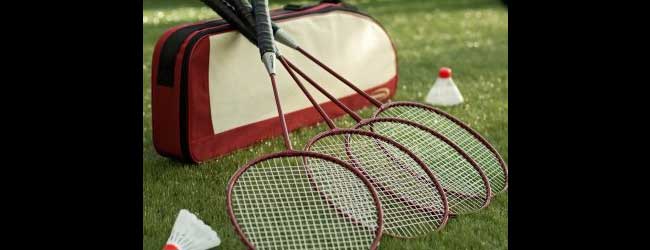
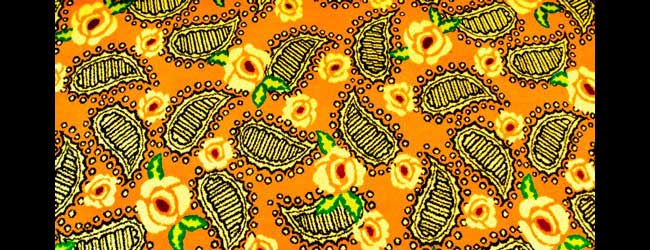

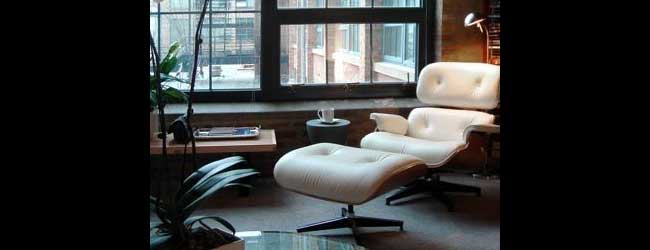

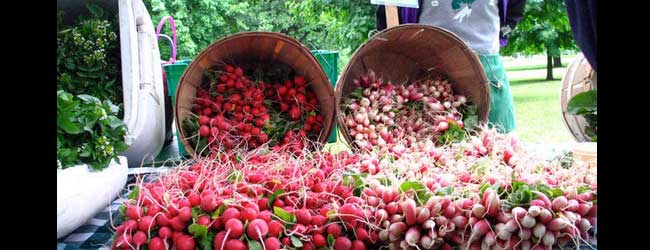
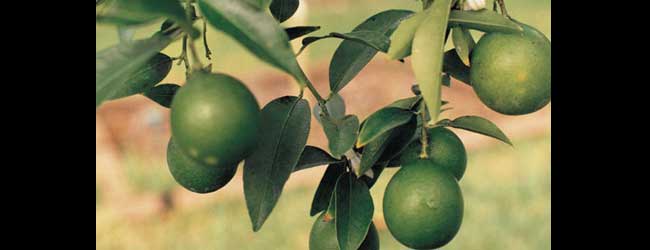
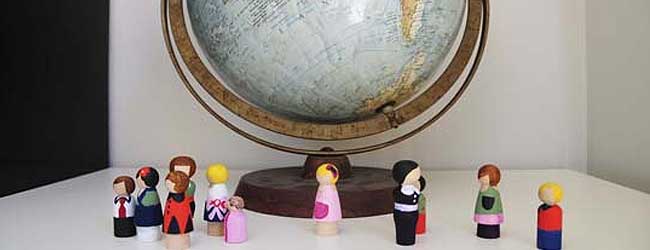
 It is a privilege you have chosen to visit RM’s website. Welcome to the site, the premier source of made to order and confidential business advice, where the clients and their needs are the real priority.
It is a privilege you have chosen to visit RM’s website. Welcome to the site, the premier source of made to order and confidential business advice, where the clients and their needs are the real priority. 
